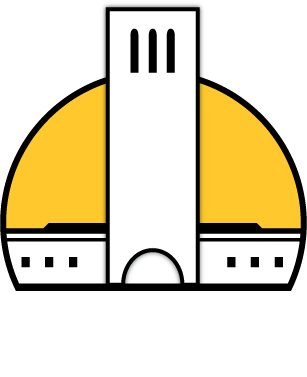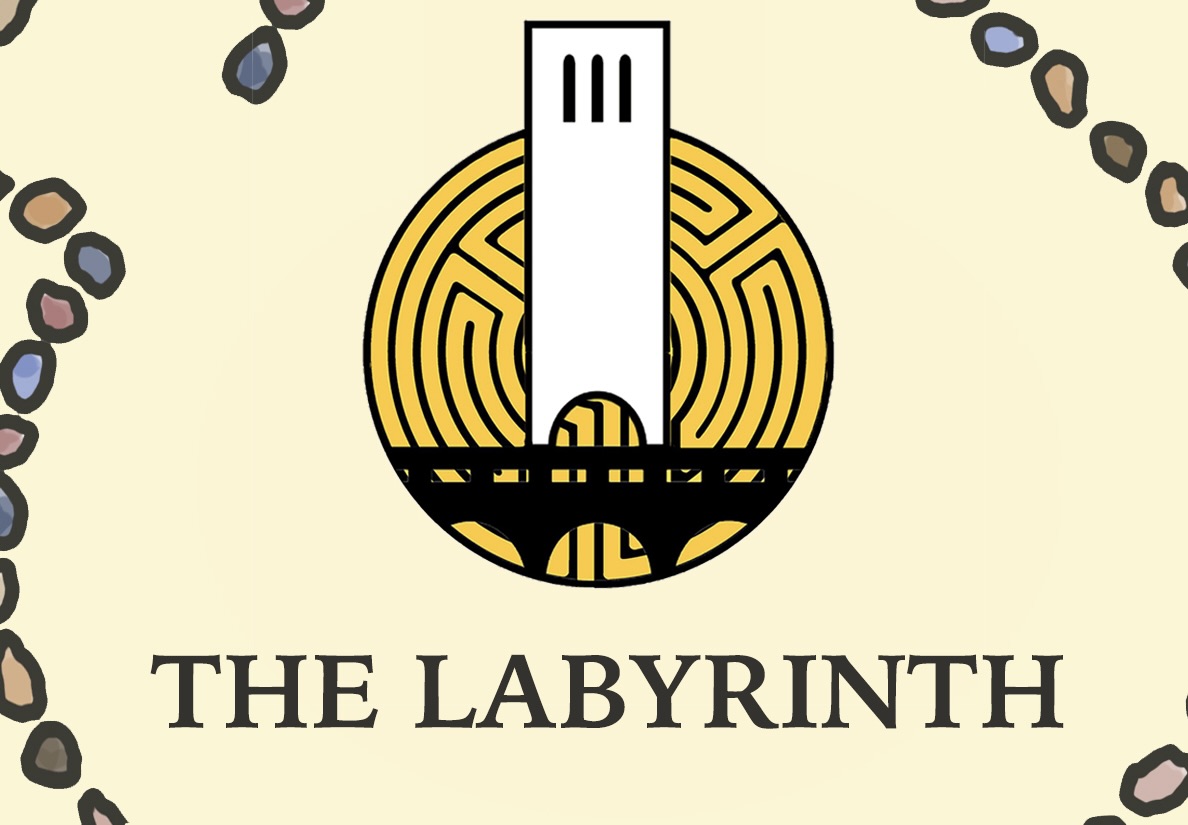It’s 11:40 a.m. Do you know where your nuclear secrets are? The University of California Regents do – probably.
On Wednesday, the regents met to discuss the future of the Los Alamos National Laboratory, home of the first atomic bomb and one of two nuclear laboratories administered by the Dept. of Energy and run by the University of California.
After a string of scandals, culminating in the termination of lab investigators who uncovered a series of unauthorized purchases and stolen equipment at the Los Alamos lab and the resignation of lab director John Browne, the Dept. of Energy has called into question the ability of the University to administer the laboratories.
Dept. of Energy officials will begin a review of the UC’s management practices. Their report, due Apr. 30, may determine whether the University of California will continue to manage the lab after the term of its current contract, which ends in 2006.
In the meantime, the UC is scrambling to restructure Los Alamos and regain the confidence of the federal government.
“Unfortunately, whether we like it or not, we have a scandal on our hands,” Regent Richard Blum said. “The University’s ability to run the labs has been seriously called into question.”
Los Alamos laboratory official George Nanos, a former Navy admiral, will serve as the lab’s interim director until a replacement is found for Browne, who resigned in late December at the request of UC President Richard Atkinson.
“We were lucky that he [Nanos] was available to take on this responsibility,” Atkinson said.
According to the report submitted by Glenn Walp and Steven Doran – the two investigators later fired by the laboratory – officials there ignored a host of unauthorized purchases by laboratory employees totaling several million dollars. According to the report, these purchases included golf balls, underwear, all-terrain vehicles, a Ford Mustang and a two-ton magnet. Lab employees also allegedly lost or purchased the following items on company credit cards: a water tower, a home air conditioning unit, several vehicles, flat-screen televisions, spy equipment, dishwashers, digital cameras, over 200 computers and a forklift.
At the regents meeting, Nanos said the total cost has been re-estimated at under $1 million, as some of the missing items have been recently accounted for. Nanos is currently engaged in a comprehensive restructuring of the laboratory.
“We are bringing the full force of the University’s resources to resolving this. … When you do a restructuring of any business, it’s like ripping the skin off somebody’s body, replacing their skeleton and sewing them back up,” he said. “It’s a near-death experience. The preservation of the science has to be kept in the forefront or we’ll lose everything.”
“Are the nation’s secrets safe?” Lt. Gov. Cruz Bustamante asked during the meeting.
“Yes,” Nanos answered at the time; however, he admitted in a press conference after the open session that classified information is missing from one computer hard drive.
Employees of the laboratory will be terminated or reassigned as necessary. The restructuring of the labs will be done with the help of a special UC oversight committee announced at the regents’ meeting. The committee will include Regents Richard Blum, Gerald Parsky and Peter Preus, along with non-regents Sidney Drell, a professor emeritus of the Stanford Linear Accelerator Center, and Robert Dynes, the chancellor of UC San Diego. An oversight committee will also be formed to oversee all three UC national laboratories.
PricewaterhouseCoopers, the UC’s outside audit firm, has completed a preliminary audit of Los Alamos and will begin a more extensive one next week.
“I just don’t understand why we wouldn’t just make sure we are putting out the language that says we’re in control of this,” Bustamante said. “What we need to say is that what we have here are some renegade folks who pilfered and we’re going to take care of it.”















